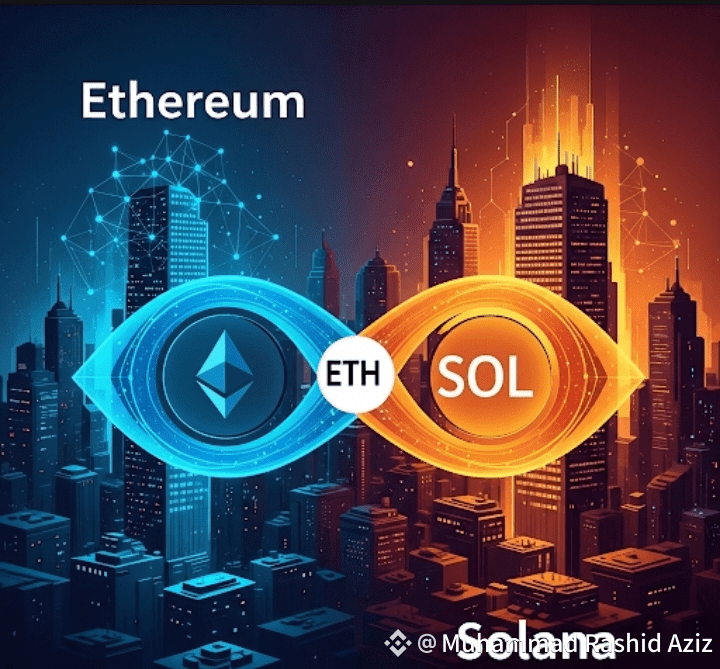The cryptocurrency market is a vibrant, often volatile, landscape where fortunes can be made and lost. While Bitcoin and Ethereum dominate headlines, the real allure for many investors lies in finding the next "gem" – a lesser-known cryptocurrency with massive growth potential. Identifying these hidden treasures requires more than just luck; it demands diligent research, a keen understanding of market dynamics, and a disciplined approach.
Here’s how you can sharpen your analytical skills to potentially unearth the next big thing in crypto:
1. Dive Deep into the Project's Fundamentals
A "gem" cryptocurrency isn't just about hype; it's about solid foundations. Before investing a single penny, meticulously research the project's core elements:
* The Whitepaper: This is the project's blueprint. Read it thoroughly. Does it clearly articulate a problem and a novel solution? Is the technology well-explained and innovative? Are the tokenomics (how the token is distributed, used, and its supply) sound and sustainable? Look for clarity, technical depth, and a coherent vision. Avoid projects with vague or overly complex whitepapers.
* The Team: Who is behind the project? Look for experienced developers, strong advisors, and individuals with a proven track record in blockchain or relevant industries. Transparency about the team is crucial; anonymous teams can be red flags unless there's a compelling reason for anonymity.
* Use Case and Utility: What real-world problem does the cryptocurrency aim to solve? Does its token have a clear utility within its ecosystem (e.g., for governance, staking, fees, or access to services)? Projects addressing genuine needs with a viable product or service have a much higher chance of long-term success than those based purely on speculation or meme value.
* Technology and Innovation: Is the underlying technology unique or significantly improved over existing solutions? Does it offer better scalability, security, decentralization, or efficiency? Look for projects that are pushing the boundaries of what's possible with blockchain.
* Roadmap and Development Activity: A well-defined roadmap with clear milestones indicates a strategic approach. More importantly, check the project's GitHub repository or development updates. Consistent development activity and progress on their stated goals are strong indicators of a healthy and committed project.
2. Evaluate Market Dynamics and Community Strength
Even with strong fundamentals, a project needs market traction and a supportive community to thrive.
* Market Cap and Liquidity: "Gems" often start with a low market capitalization, offering significant room for growth. However, be wary of extremely low liquidity, as it can lead to high price volatility and make it difficult to buy or sell without affecting the price.
* Community Engagement: A vibrant and active community on platforms like Twitter (X), Discord, Reddit, and Telegram is a positive sign. Look for genuine discussions, helpful moderators, and consistent communication from the project team. A strong community can drive adoption and provide resilience during market downturns.
* Partnerships and Collaborations: Strategic partnerships with established companies or other blockchain projects can validate a cryptocurrency's potential and expand its reach.
* Competitive Landscape: Understand the project's competitors. Does it have a sustainable competitive advantage? What differentiates it from similar projects?
3. Consider Tokenomics and Distribution
The way a token is designed and distributed significantly impacts its long-term viability.
* Supply and Demand: Understand the total supply, circulating supply, and emission schedule. Scarcity can drive value (like Bitcoin's fixed supply), while excessive inflation can dilute it.
* Distribution Methods: How were the tokens initially distributed (e.g., ICO, fair launch, mining, staking)? A broad and fair distribution can prevent a few large holders from manipulating the market. Look for transparent vesting schedules for team and early investors to prevent sudden large sells.
* Staking and Incentives: Does the token offer staking rewards or other incentives for holding and participating in the network? This can encourage long-term holding and strengthen network security.
Examples of Past and Potential "Gems":
It's crucial to understand that identifying "gems" is speculative, and past performance is not indicative of future results. However, examining projects that have seen significant growth can illustrate the principles:
* Ethereum (ETH): While now a giant, Ethereum was once a "gem." Its whitepaper introduced the revolutionary concept of smart contracts and decentralized applications, solving a massive "market pain point" that Bitcoin couldn't. Its dedicated development team and early community foresight laid the groundwork for the vast DeFi and NFT ecosystems we see today. Its utility (gas fees, staking) is integral to its platform.
* Solana (SOL):$SOL  Initially dismissed by some, Solana gained traction by focusing on extremely high transaction speeds and low costs, aiming to solve the "scalability trilemma." Its innovative proof-of-history consensus mechanism, strong developer adoption, and active ecosystem growth propelled it from a relatively small market cap to a top contender.
Initially dismissed by some, Solana gained traction by focusing on extremely high transaction speeds and low costs, aiming to solve the "scalability trilemma." Its innovative proof-of-history consensus mechanism, strong developer adoption, and active ecosystem growth propelled it from a relatively small market cap to a top contender.
* Polygon (MATIC): As an Ethereum Layer-2 scaling solution, Polygon addresses the high gas fees and network congestion on Ethereum. It provides a practical, much-needed solution, allowing dApps to operate more efficiently. Its clear utility and adoption by numerous projects made it a significant performer.
* Projects in Emerging Narratives: The crypto space evolves rapidly. "Gems" often emerge within new narratives or technological breakthroughs. For example, projects focused on Modular Blockchains, Real-World Assets (RWAs) tokenization, or Decentralized Physical Infrastructure Networks (DePIN) are areas where new "gems" could potentially emerge, provided they meet the fundamental criteria outlined above. Investors should continuously research these evolving sectors.
Disclaimer: Investing in cryptocurrencies is highly speculative and involves substantial risk. The market is volatile, and you could lose your entire investment. This article is for informational purposes only and does not constitute financial advice. Always conduct your own thorough research and consult with a qualified financial advisor before making any investment decisions.
